This last week began with a client in North America, continued with a call from a subject matter expert in South America and culminated in two discussions I commented a bit longer on. Triggering this new article talking about “digital in aviation”, pioneering days and the impact of dinosaurs. And why we suffer in aviation from too much #talkthetalk
Not Invented Here, part 1
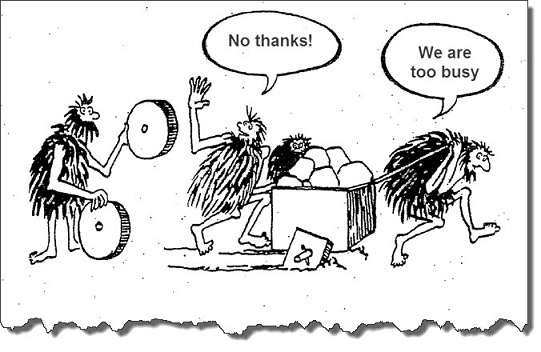 Last week, I had a lengthy phone call with an airport manager in the U.S. Snow-Belt, asking me about ideas, how to break up the silo thinking that keeps all his ideas about a common airport operations center as a basis for some A-CDM-style development from moving forward. Next winter approaching, he’s worried about repeating the past years’ experience of unnecessary delays. “The airline always knows better” he complained to me. If we offer them solution, it’s not theirs, so it’s being turned down. Communication is faulty and in crisis, everyone works on their own. #talkthetalk
Last week, I had a lengthy phone call with an airport manager in the U.S. Snow-Belt, asking me about ideas, how to break up the silo thinking that keeps all his ideas about a common airport operations center as a basis for some A-CDM-style development from moving forward. Next winter approaching, he’s worried about repeating the past years’ experience of unnecessary delays. “The airline always knows better” he complained to me. If we offer them solution, it’s not theirs, so it’s being turned down. Communication is faulty and in crisis, everyone works on their own. #talkthetalk
Passengers spend 156 Minutes at AMS
 Now give me a break. When I read this “promo” on LinkedIn, is it just me, seeing the fault in it?
Now give me a break. When I read this “promo” on LinkedIn, is it just me, seeing the fault in it?
As I outlined 2011 and 2014 in my two posts about a contemporary check-in process, contemporary airport passenger processes, to be attractive for the passenger, we need to minimize the wait time, the “ineffective” time spend at airports! It’s the big advantage of regional aviation, to minimize airport spent time.
Planning my current travels, I will spend some time with the family in Northern Germany, in between two events in Switzerland. In both cases, traveling eight hours by train will reflect in several hundred Euros in cost savings, and adds less than an hour on the total travel time door-to-door. As no, the meetings are not in Zürich.
This reminded me of the time we pioneered online travel booking (today Amadeus’ Cytric™). Own story. But as I mentioned back in 2018, compared to those pioneering days, development has almost come to a halt, with just little cosmetics and changes to the functionalities. Very little real improvements.
Working on what was to become Cytric and the first commercially used corporate online booking tool, we discussed:
The Multimodal Approach
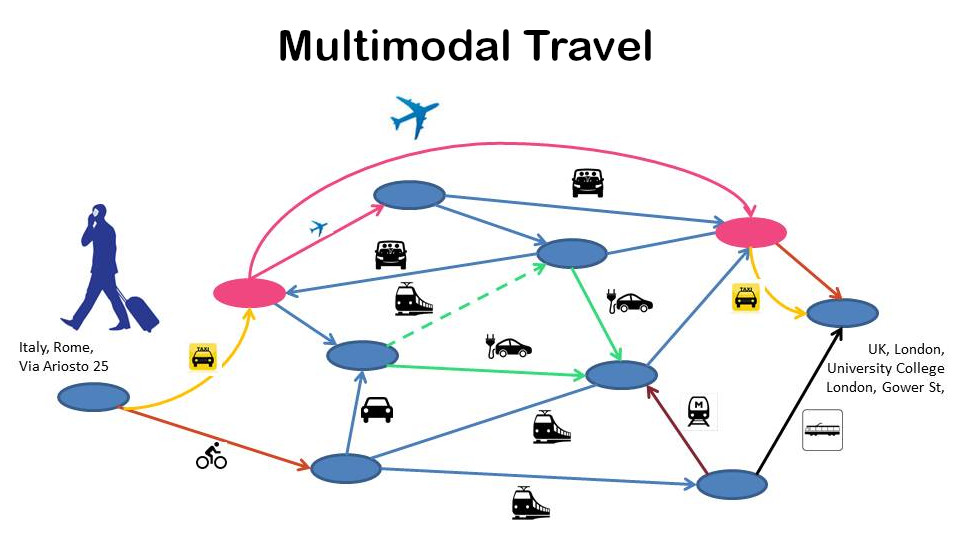 Our vision for what was to be Cytric, that we wanted to follow, a vision not existing now, 25 years later, was to enter the home address, the destination address and the system would provide you the best travel options for you to get to the airport using car, rail, taxi, whatever, fly towards your destination and again take rail, taxi, rental car, whatever, to get to where you needed to go.
Our vision for what was to be Cytric, that we wanted to follow, a vision not existing now, 25 years later, was to enter the home address, the destination address and the system would provide you the best travel options for you to get to the airport using car, rail, taxi, whatever, fly towards your destination and again take rail, taxi, rental car, whatever, to get to where you needed to go.
Back in those days, we already understood that it’s not about the flight. Or rail. The customer, especially the business traveler, needs to go somewhere. Getting to and from the airport, the check-in process and delays, connecting and waiting for the connecting flight, getting off the airport, all adds to the travel time. But even mighty Google only offers me to select one mode of transport, i.e. car, rail or flight… #talkthetalk
Travel Agent or Data Processor?
 Speaking about Business Travel Management, we don’t need data typists any more. In the good old days, travel agents were the experts, knowing how to get the traveler from A to B, halfway (or all) around the world… Then came the GDS and the travel agents became data interfaces to the big data accessed through travel computers being connected with mighty servers. Something we call cloud computing today, using “dummy terminals”. Using codes like AN19DECFRAMIA and SS1B1M2 to search for and book a flight. Or similar complicated tools to book a rail ticket.
Speaking about Business Travel Management, we don’t need data typists any more. In the good old days, travel agents were the experts, knowing how to get the traveler from A to B, halfway (or all) around the world… Then came the GDS and the travel agents became data interfaces to the big data accessed through travel computers being connected with mighty servers. Something we call cloud computing today, using “dummy terminals”. Using codes like AN19DECFRAMIA and SS1B1M2 to search for and book a flight. Or similar complicated tools to book a rail ticket.
(And yes, that’s me in the American Airline office back in 1987 at an “ICOT” terminal.)
Then we enabled online booking and all that easy trips anyone can “book” now without any help. But what if you want to combine several destinations? What if you’re not living in Frankfurt or Paris, but in a rural, small industrial town with not many flights? We need the real travel agents again. Not the data processors. We need travel experts, that require strong and ongoing training and some specialization to provide the customer with a solution to their travel needs. That think beyond computer algorithms and understand “cross tickets” or “interlining” or multimodal travel. That take into account getting from and to the transportation hubs. And less conservatism, opposition to change and other #talkthetalk
Total Travel Time
 It is why I believe we need regional aviation and we need more of it. Smaller aircraft, connecting secondary cities, offering quick and direct connection. Hubs are good for the global networks. And as I kept and keep emphasizing. Regional airports must not look out, how to get their locals out to the world. But to justify their existence, they need to bring the world to their regions! If that is by car, bus, train and/or flight is irrelevant for the passenger. To offer good connections at competitive cost and speed is the task at hand. And no, there is no reason for #flygskam if you do that right.
It is why I believe we need regional aviation and we need more of it. Smaller aircraft, connecting secondary cities, offering quick and direct connection. Hubs are good for the global networks. And as I kept and keep emphasizing. Regional airports must not look out, how to get their locals out to the world. But to justify their existence, they need to bring the world to their regions! If that is by car, bus, train and/or flight is irrelevant for the passenger. To offer good connections at competitive cost and speed is the task at hand. And no, there is no reason for #flygskam if you do that right.
We need holistic thinking. Beyond our petty box. And less #talkthetalk
The “C” in A-CDM
 On the call from an aviation IT professional it triggered that A-CDM is for big airports only. Is it?
On the call from an aviation IT professional it triggered that A-CDM is for big airports only. Is it?
Also the first article today on LinkedIn was from my friend Kalle Keller about TAM (Total Airport Management) and A-CDM.
As I outlined in my articles on that topic and i.e. the article about the Polar Vortex + Collaboration, A-CDM is about the C: Collaboration! It’s not what EuroControl, with their own agenda of this, markets as A-CDM. Neither that “bible” of theirs, they call the Airport Collaborative Decision Making (A-CDM) Implementation Manual. A “bible” about everyone I speak to reads and believes it to be the holy grail. It isn’t.
 As I approached it back in 2016/17 and shared the learning curve at Passenger Terminal Expo 2017, the first step into A-CDM is and must always be a collaborative approach between the stakeholders at the airport. Systems and IT are secondary. Less than secondary! It is about tearing down siloes in the heads, between the stakeholders. The development of a common understanding of the common goal to optimize the processes for the greater good: A smooth management of airport operations beyond “the operations management”. Overall. Holistic.
As I approached it back in 2016/17 and shared the learning curve at Passenger Terminal Expo 2017, the first step into A-CDM is and must always be a collaborative approach between the stakeholders at the airport. Systems and IT are secondary. Less than secondary! It is about tearing down siloes in the heads, between the stakeholders. The development of a common understanding of the common goal to optimize the processes for the greater good: A smooth management of airport operations beyond “the operations management”. Overall. Holistic.
And unfortunately, only once you did your homework at the airport … or the airline … the air traffic control, only then you can reach out to integrate with other A-CDM systems. And beyond. Not behind paywalls, but sharing for joint process improvements.
But then I research airports and my birth country Germany, mighty pacemaker in A-CDM, the ANSP (German Air Traffic Control) hides the basic aviation data from the Aeronautical Information Publication (AIP) is hidden behind a paywall. So other sites, like OpenStreetMaps, Wikipedia, etc. are forced to use secondary sources. Are you kidding me? And yes, even for countries with a truly open AIP, we find some 10% of discrepancies on the data. As those AIPs are published as PDF, not as data tables to quickly update. And the IATA code search is full of airports defunct for years. As they simply “add” but never check… And hide their misery behind a paywall? #talkthetalk
OTA + NDC – Barrel Bursts
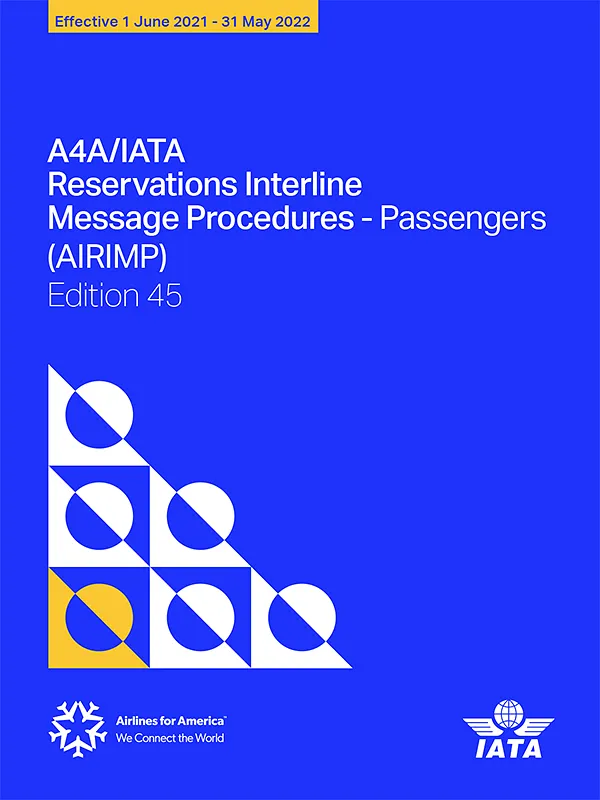 An older article addressed NDC, the “New Distribution Capability” as a barrel burst. And reminded me of my project back in 2006/07, when we tried to develop a common database for hotel-information (descriptive) based on the OpenTravel Alliance XML standards that I had originally worked on in the early days. The standard has been so blown-up, that you simply can’t “comply” with a standard set of features, but anyone can pick what they want and that not being the same that others use, we have an overblown “standard” that in practical life allows everyone to be compliant, but still speaking totally different languages.
An older article addressed NDC, the “New Distribution Capability” as a barrel burst. And reminded me of my project back in 2006/07, when we tried to develop a common database for hotel-information (descriptive) based on the OpenTravel Alliance XML standards that I had originally worked on in the early days. The standard has been so blown-up, that you simply can’t “comply” with a standard set of features, but anyone can pick what they want and that not being the same that others use, we have an overblown “standard” that in practical life allows everyone to be compliant, but still speaking totally different languages.
The same is with NDC. Original idea of NDC was to allow standard packaging of new or unique parts into the package. I recall early discussions when airlines started to unravel their travel packages and thought a way to package their individualized offers with new and unique ancillaries. The demand was to overcome the limitations of the smallest common denominator represented by the classic GDS. Nowadays, the GDS-ability to manage NDC is a key driver… In my opinion, the original intend was completely turned around. It’s now focused on a solution to put anything the airline comes up with in boxes that the GDS can manage.
As a bold example, we had the AIRIMP back in the 80s. To date, it is the smallest common denominator all airlines work with. Even though, a large number of functionalities specified in the AIRIMP are amiss in all those hip online (flight) booking interfaces (here’s the AIRIMP’s table of content). 26 years after we did the first commercial flight bookings on the web. Again a lot of #talkthetalk, tons of bold ideas how to make things better, whereas the basics are not yet covered? #talkthetalk
Disruption Management

A-CDM and TAM are in a large part about disruption management. Ten years ago we talked about “situational awareness” to manage disruptions. And I ask the same question ever since. I would like to see a tool that reflects the contemporary visualization of not what hits us now, but to see, how our industry-partner’s efforts impact the setbacks from weather, technical etc. – to identify hours ahead bottlenecks from aircraft delays, crews exceeding their duty hours, technical problems, peaks exceeding capacity, ATC problems, ground problems.
To do this, we must exchange data in large scale. All I see is data siloes and paywalls and a distrust to share data, keeping defunct and outdated processes alive, but no vision of collaboration on an industry scale. That even no matter that the same data is available in island solutions on interfaces like flightradar or the individual airports’ websites. #talkthetalk
The Source of the Most Common Truth
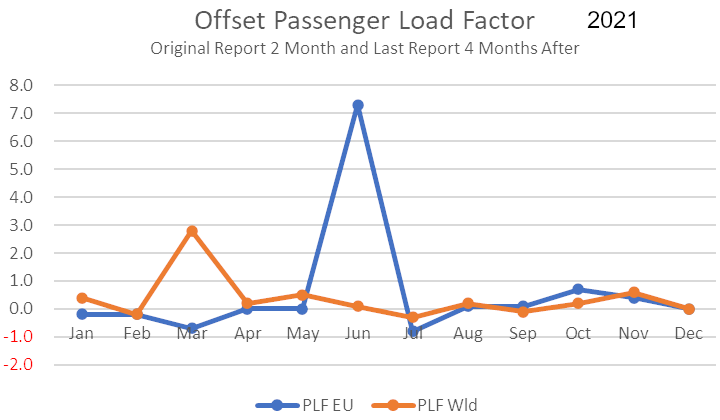 Our main problem is that our Powers-That-Be still consider themselves in a competition. Data is value, so put it in siloes. Where OpenStreetMap enabled mapping solutions, aviation data is still locked away. It takes two months until IATA publishes passenger data, after four months those numbers happen to differ substantially.
Our main problem is that our Powers-That-Be still consider themselves in a competition. Data is value, so put it in siloes. Where OpenStreetMap enabled mapping solutions, aviation data is still locked away. It takes two months until IATA publishes passenger data, after four months those numbers happen to differ substantially.
Looking at ICAO vs. the national AIP data, there are differences aplenty, worse even for IATA. So instead of working all together to manage common data together, we have different sources with different data. It is what I learned at SITA to be the art to find “The Source of the Most Common Truth”. There are industries living to develop and manage tools to overcome standard industry messages with airlines adding non-standard “features” to their messages, forcing rejects and delayed processing.
Back in 1995, Bill Gates spoke about the Internet about “Information at your Fingertips”. For the aviation, that is #talkthetalk
Status Quo + Outlook
 Where aviation in the 1960s to -80s was a pacemaker in global eCommerce, it is now limping behind. Can tell stories about replies from industry bodies when I informed them about factual mistakes in their data. And their ignorance shown by neither directing the report to their PTBs, nor updating the faulty information. Instead of working together to develop the aviation of the future, we have conservative forces in play that hinder real development. Be that about A-CDM, data interfaces, data intelligence. We limp behind and instead of doing, we #talkthetalk.
Where aviation in the 1960s to -80s was a pacemaker in global eCommerce, it is now limping behind. Can tell stories about replies from industry bodies when I informed them about factual mistakes in their data. And their ignorance shown by neither directing the report to their PTBs, nor updating the faulty information. Instead of working together to develop the aviation of the future, we have conservative forces in play that hinder real development. Be that about A-CDM, data interfaces, data intelligence. We limp behind and instead of doing, we #talkthetalk.
Sure the same is true on sustainable aviation, but that’s another topic I discussed and discuss in other blog articles.
To overcome this, we must strengthen IATA and ICAO and demand the change from our PTBs. Stop the paywalls, speed up the availability of LIVE KPIs. Once a flight is finished the data must be available. Not tomorrow. All else is #talkthetalk.
My humble opinion. Happy to discuss how we can encourage real CHANGE.
Food for Thought
Comments welcome
![“Our Heads Are Round so our Thoughts Can Change Direction” [Francis Picabia]](https://foodforthought.barthel.eu/wp-content/uploads/2021/10/Picabia-Francis-Round-Heads.jpg)
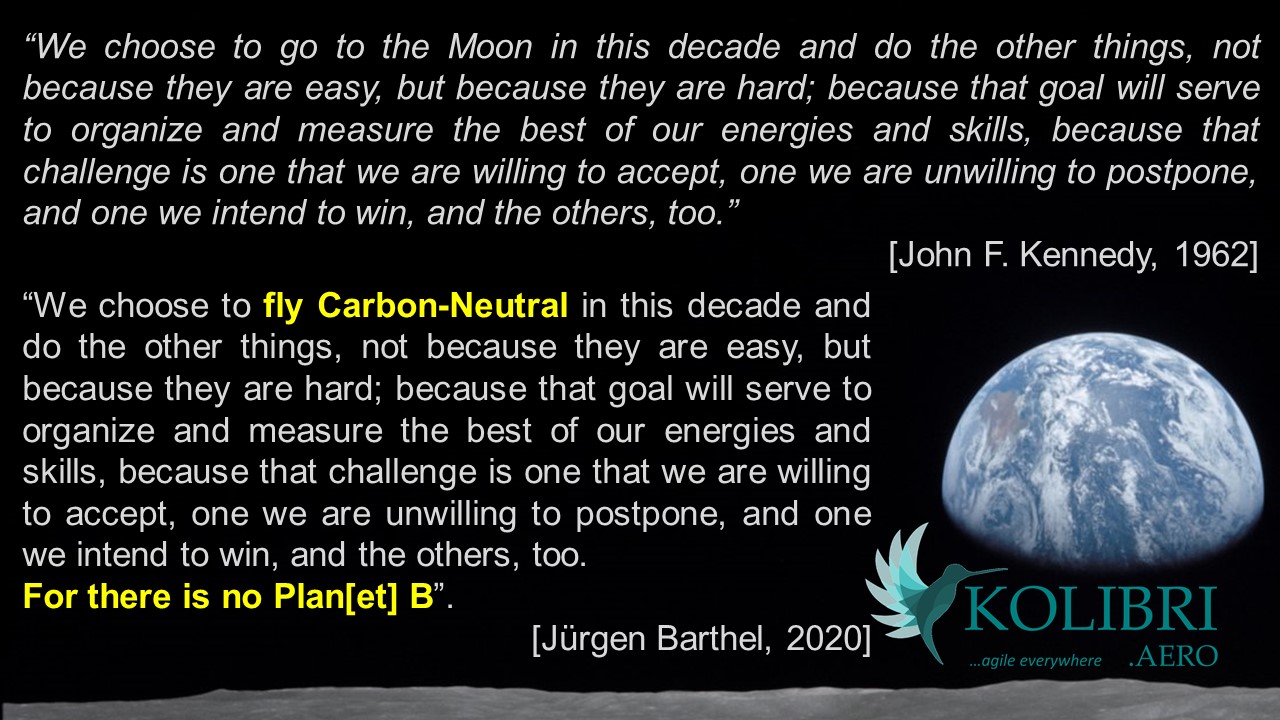



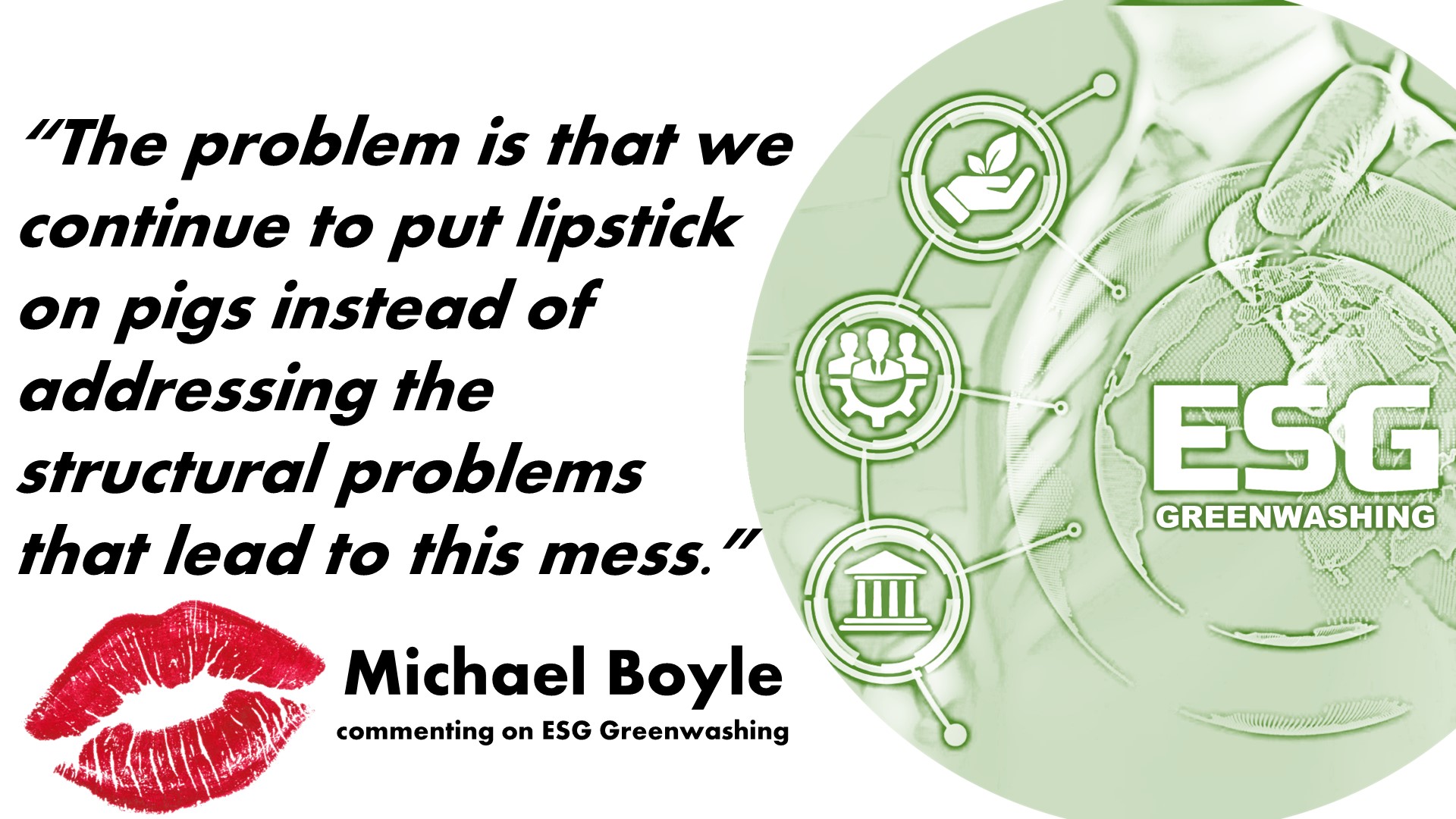
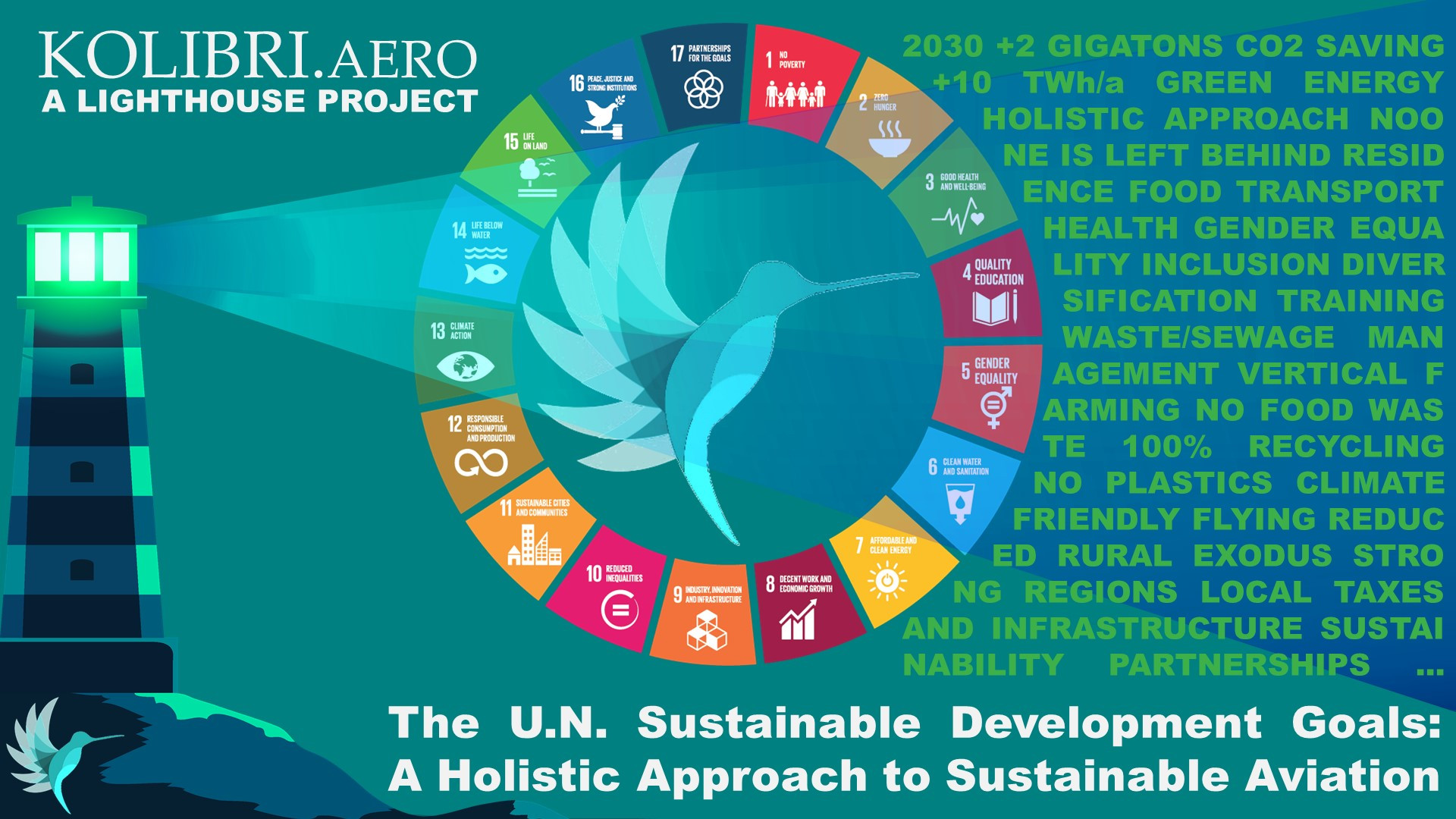
![Man in the Mirror [Michael Jackson]](https://foodforthought.barthel.eu/wp-content/uploads/2020/04/Man-in-the-Mirror-Michael-Jackson.jpg)
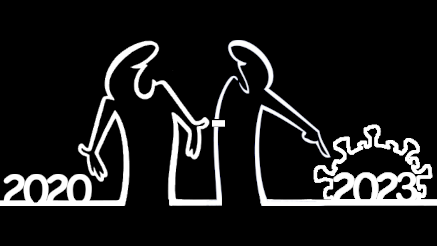

 In the first year of the pandemic, in the first wave in May, I voiced my expectation already of Corona
In the first year of the pandemic, in the first wave in May, I voiced my expectation already of Corona 
 The next big challenge is the look across borders and out of the “industry nations”. Over and again, news about vaccines that expired in the richer nations were met by the ones of i.e. African countries being delivered expiring vaccines or even ones that were not certified in the donor countries. At the same time, vaccines like the Russian Sputnik were still not “certified”. In turn, my own mother-in-law was denied entry into Europe as she got Sputnik, to visit to take care of my kids in my absence, while Yulia (my wife) works full time too.
The next big challenge is the look across borders and out of the “industry nations”. Over and again, news about vaccines that expired in the richer nations were met by the ones of i.e. African countries being delivered expiring vaccines or even ones that were not certified in the donor countries. At the same time, vaccines like the Russian Sputnik were still not “certified”. In turn, my own mother-in-law was denied entry into Europe as she got Sputnik, to visit to take care of my kids in my absence, while Yulia (my wife) works full time too.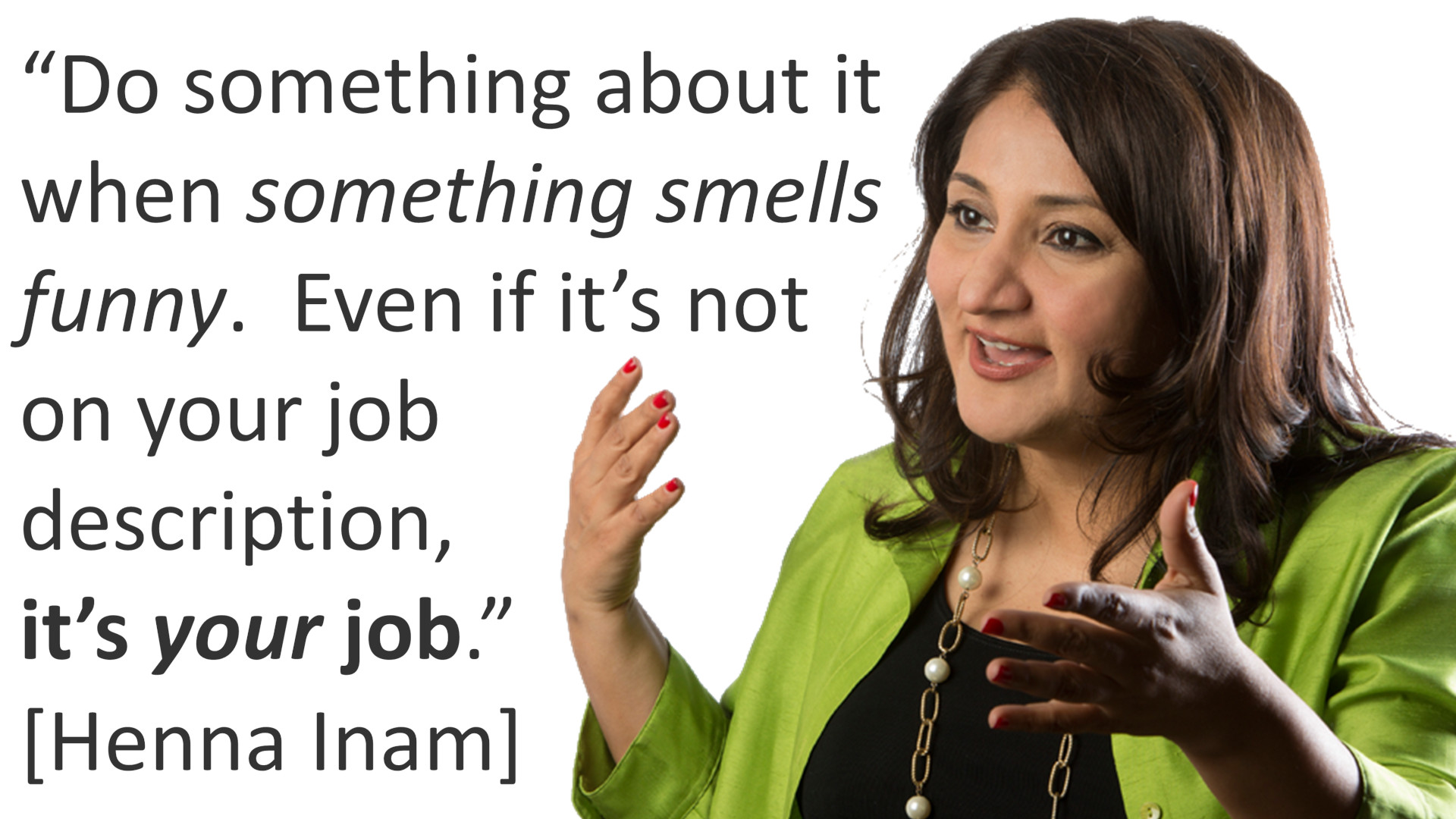 “Principle Hope” and the Saint-Florian’s Principle dominate our industry: “Oh holy dear Saint Florian, don’t burn my house, take the neighbors one.”
“Principle Hope” and the Saint-Florian’s Principle dominate our industry: “Oh holy dear Saint Florian, don’t burn my house, take the neighbors one.”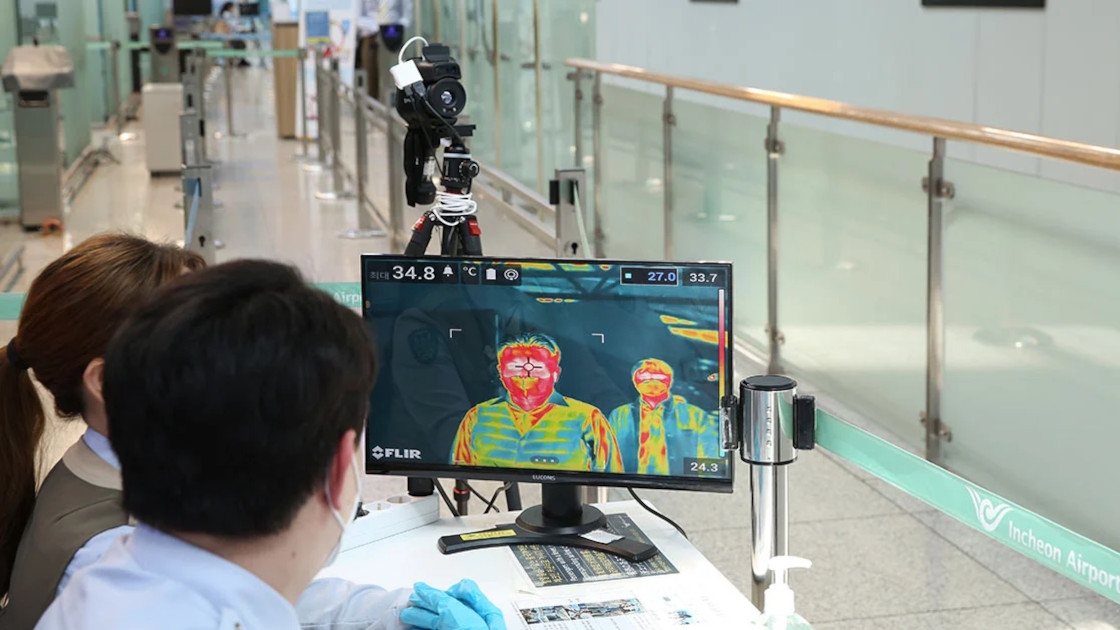 Airports would be well advised to have processes in place to ensure #testingregime for the current and future infections., demanding and assuring the ability for pre-flight testing.
Airports would be well advised to have processes in place to ensure #testingregime for the current and future infections., demanding and assuring the ability for pre-flight testing.
 Reports I read fed hopes again about a summer recovery in Europe. A recovery now threatened by the new BA.5 variant spreading throughout Europe. And again, what is the airlines’ role in spreading those new variants so quickly across countries? And Lufthansa recently cancelled 600 flights (5%) for lack of staff. A main reason being the infection of their own. Mainly infected “at work”. What was that again about employee health protection? Naaaw, let’s not play it safe, let’s go back to old normal?
Reports I read fed hopes again about a summer recovery in Europe. A recovery now threatened by the new BA.5 variant spreading throughout Europe. And again, what is the airlines’ role in spreading those new variants so quickly across countries? And Lufthansa recently cancelled 600 flights (5%) for lack of staff. A main reason being the infection of their own. Mainly infected “at work”. What was that again about employee health protection? Naaaw, let’s not play it safe, let’s go back to old normal?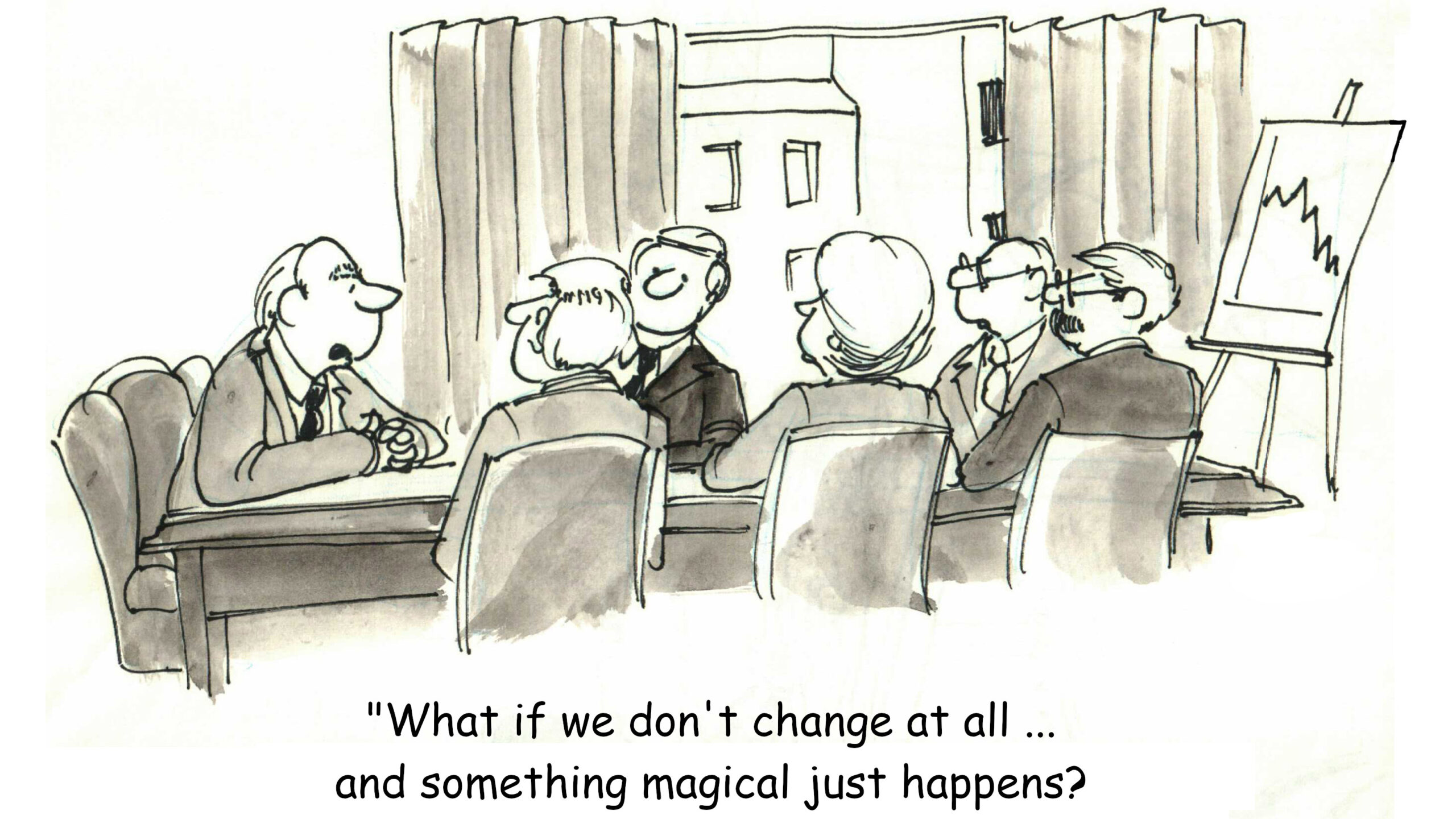 Speaking to airline and airport managers, they prioritize no “new normal” which they promoted in the beginning of the pandemic. But they focus to “renormalize” back to the old normal. Which bites them in the butt over and again. Demands are to lift mask and testing requirements. In an obvious ignorance of the pandemic development. In line with political developments, but not in line with the infection rates.
Speaking to airline and airport managers, they prioritize no “new normal” which they promoted in the beginning of the pandemic. But they focus to “renormalize” back to the old normal. Which bites them in the butt over and again. Demands are to lift mask and testing requirements. In an obvious ignorance of the pandemic development. In line with political developments, but not in line with the infection rates. There can be reasons to fly an aircraft even empty.
There can be reasons to fly an aircraft even empty. Another would be to rotate the pilots to make sure they all keep their “type rating”, their license to fly the aircraft. Which also expires just too quickly. And while airlines now recognize the shortfall on pilots that they had either “laid off” (fired) and (or) didn’t support in keeping their type rating, the current feedback from pilots is that airlines still fail to have programs in place to rotate the pilots as good as they could to keep the type-ratings.
Another would be to rotate the pilots to make sure they all keep their “type rating”, their license to fly the aircraft. Which also expires just too quickly. And while airlines now recognize the shortfall on pilots that they had either “laid off” (fired) and (or) didn’t support in keeping their type rating, the current feedback from pilots is that airlines still fail to have programs in place to rotate the pilots as good as they could to keep the type-ratings.

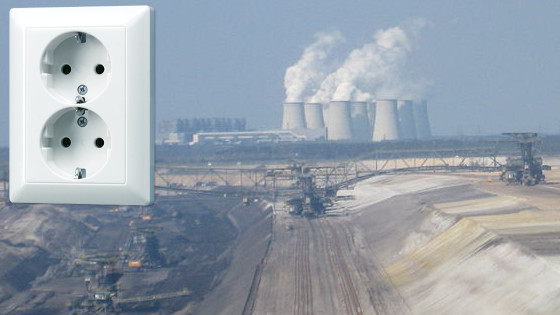
!["Our Obsession with technology will slow down the green transition.” [Lubomila Jordanova]](https://foodforthought.barthel.eu/wp-content/uploads/2021/11/Jordanova-Lubomila-Techfocus-slows-down-green-transition.jpg) In my humble opinion, most “impact investors” are greenwashers. It’s beyond cognitive dissonance when they focus their investments on “green tech” but in turn increase the energy demand instead of focusing on solutions that safe and conserve energy. Yes, I can sing not just a song but an entire opera about “green investors” that either look for max-profit under a green umbrella or they look for the next “tech unicorn”. It’s what I said before. If you want to invest into sustainability, pick your industry. Pick your “brown” company and invest into solutions that change that industry. Or. Look at energy consumers and how you can improve their energy consumption. Or replace them. And yes, any of your investments should target a reduction of energy consumption. Which can be, to provide the same service in demand, but having a clear strategy on your energy source.
In my humble opinion, most “impact investors” are greenwashers. It’s beyond cognitive dissonance when they focus their investments on “green tech” but in turn increase the energy demand instead of focusing on solutions that safe and conserve energy. Yes, I can sing not just a song but an entire opera about “green investors” that either look for max-profit under a green umbrella or they look for the next “tech unicorn”. It’s what I said before. If you want to invest into sustainability, pick your industry. Pick your “brown” company and invest into solutions that change that industry. Or. Look at energy consumers and how you can improve their energy consumption. Or replace them. And yes, any of your investments should target a reduction of energy consumption. Which can be, to provide the same service in demand, but having a clear strategy on your energy source.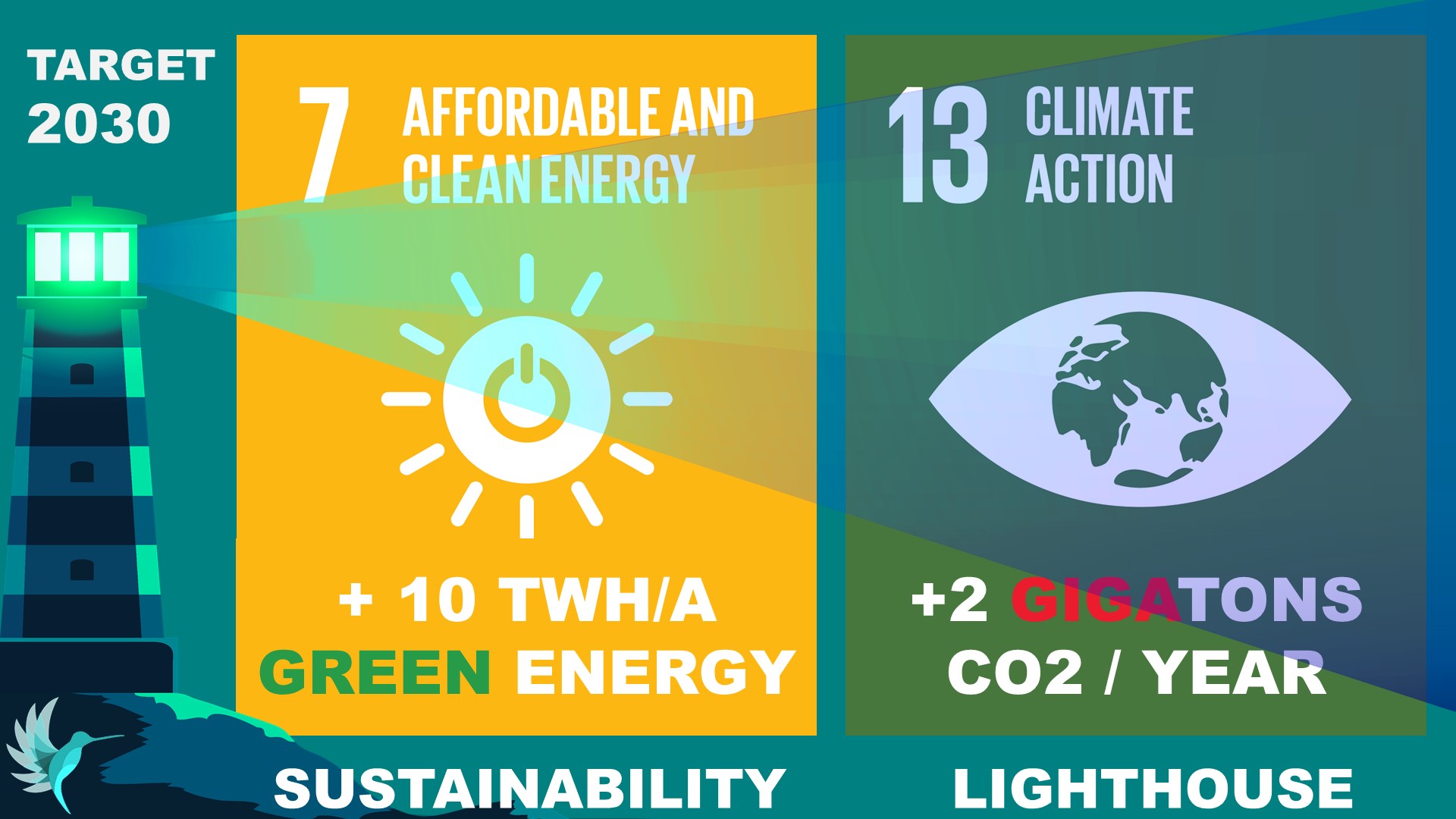 And we talk about leveling the energy to a sustainable level. Use as much energy as you return. Like
And we talk about leveling the energy to a sustainable level. Use as much energy as you return. Like  The war in the Ukraine will impact not just long-haul travel, like the reestablishing of the polar route avoiding Russian air space. And that we can not trust in “neutral air space” we learned when Belarus took down a civil aircraft from transit with the sole reason to jail a political opponent living in exile abroad.
The war in the Ukraine will impact not just long-haul travel, like the reestablishing of the polar route avoiding Russian air space. And that we can not trust in “neutral air space” we learned when Belarus took down a civil aircraft from transit with the sole reason to jail a political opponent living in exile abroad.
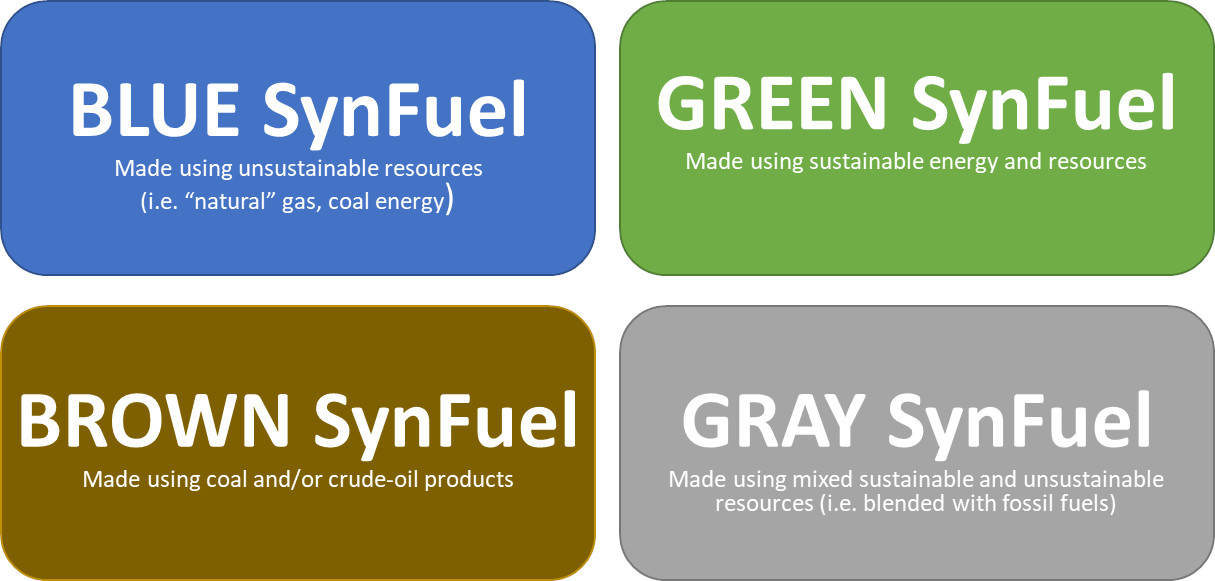

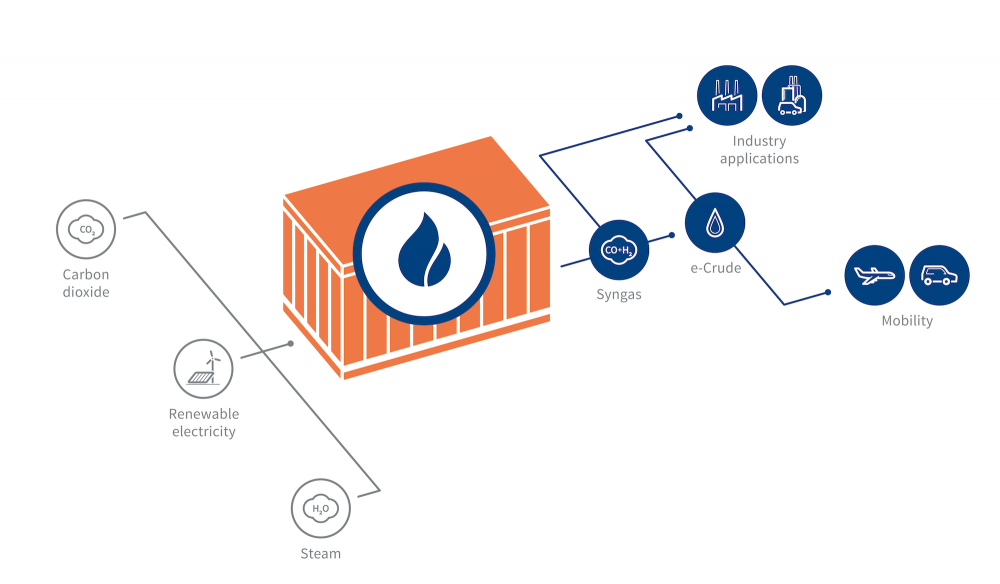
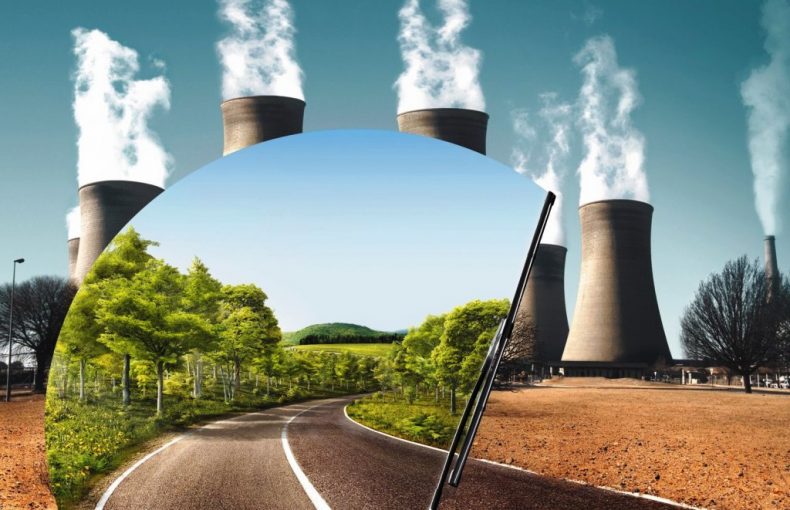
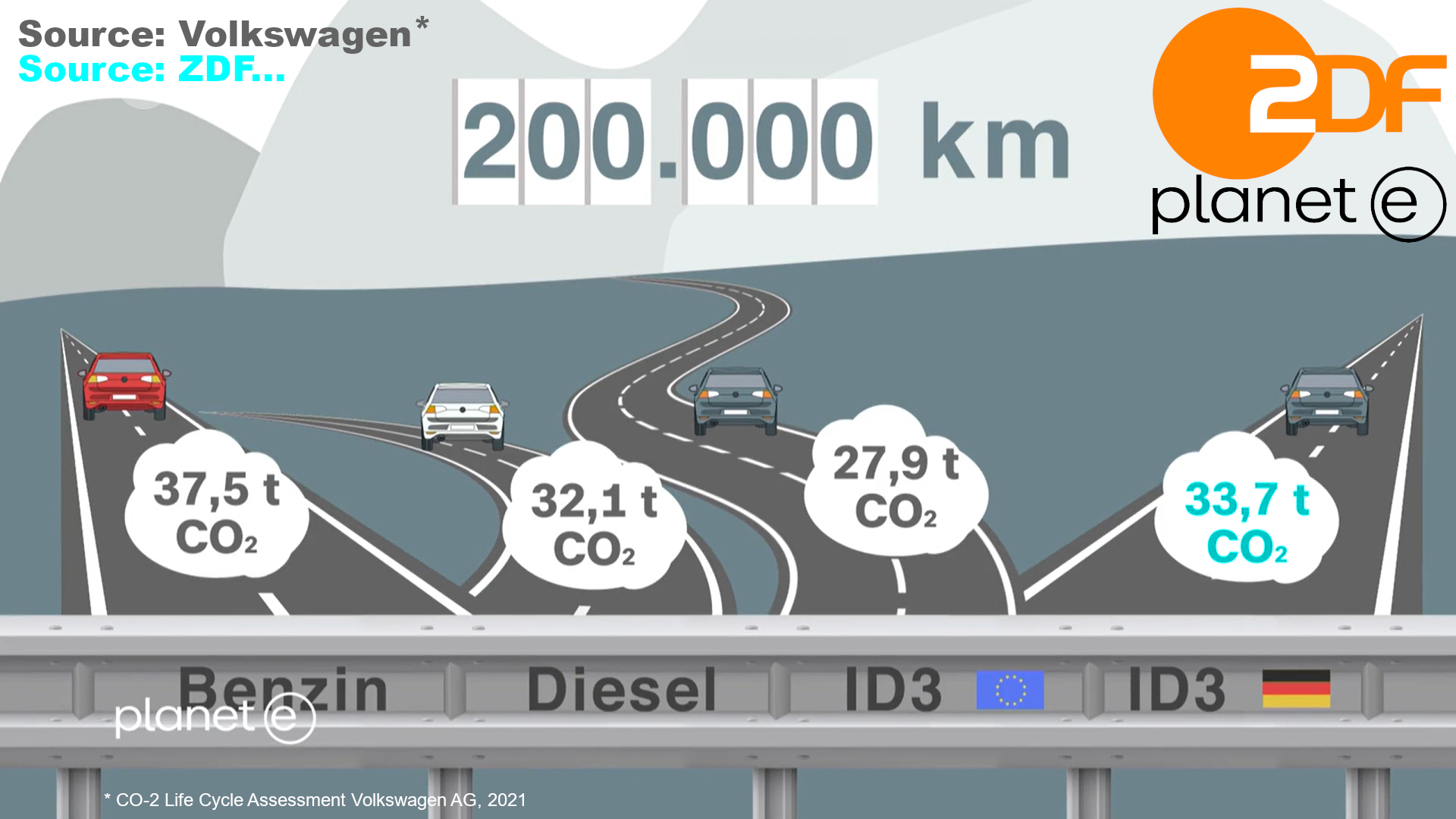

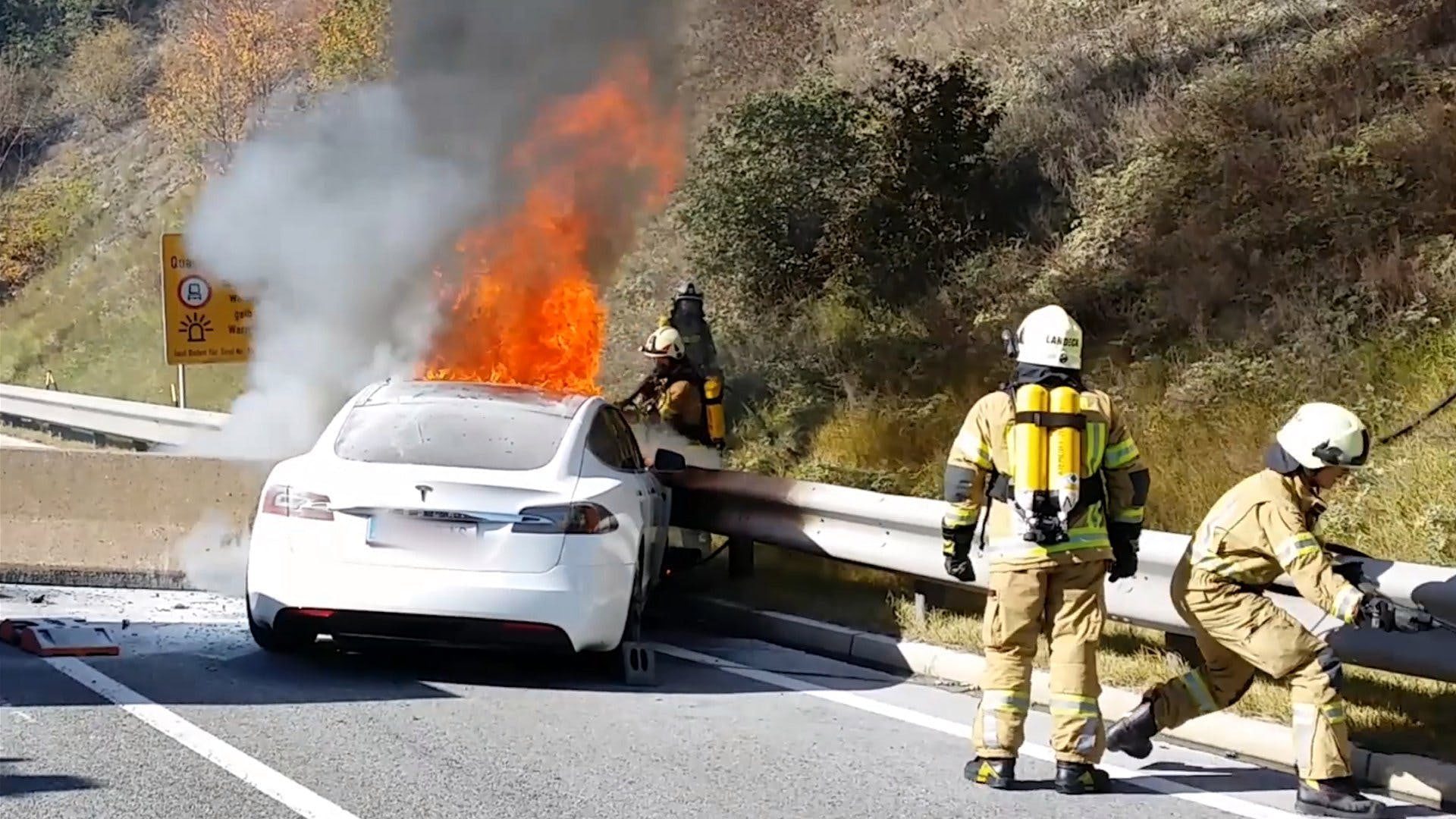 Another issue that slowly reaches the public is the issue of batteries catching fire. First major reports were on the
Another issue that slowly reaches the public is the issue of batteries catching fire. First major reports were on the  Worse, recently despite their relative low numbers, electric cars are increasingly reported to catch fire. Some at first loading at a standard, approved home loading facility, others while driving. Different from gasoline, a thermal runaway and the resulting battery explosions cause a much higher real danger to the cars passengers. And it does not help to distinguish the fire, but such car must be placed into a water tank for several days to cool down the batteries. And after a fire, such cars usually are beyond any recycling. The picture just one example of the many that can be found on the Internet.
Worse, recently despite their relative low numbers, electric cars are increasingly reported to catch fire. Some at first loading at a standard, approved home loading facility, others while driving. Different from gasoline, a thermal runaway and the resulting battery explosions cause a much higher real danger to the cars passengers. And it does not help to distinguish the fire, but such car must be placed into a water tank for several days to cool down the batteries. And after a fire, such cars usually are beyond any recycling. The picture just one example of the many that can be found on the Internet.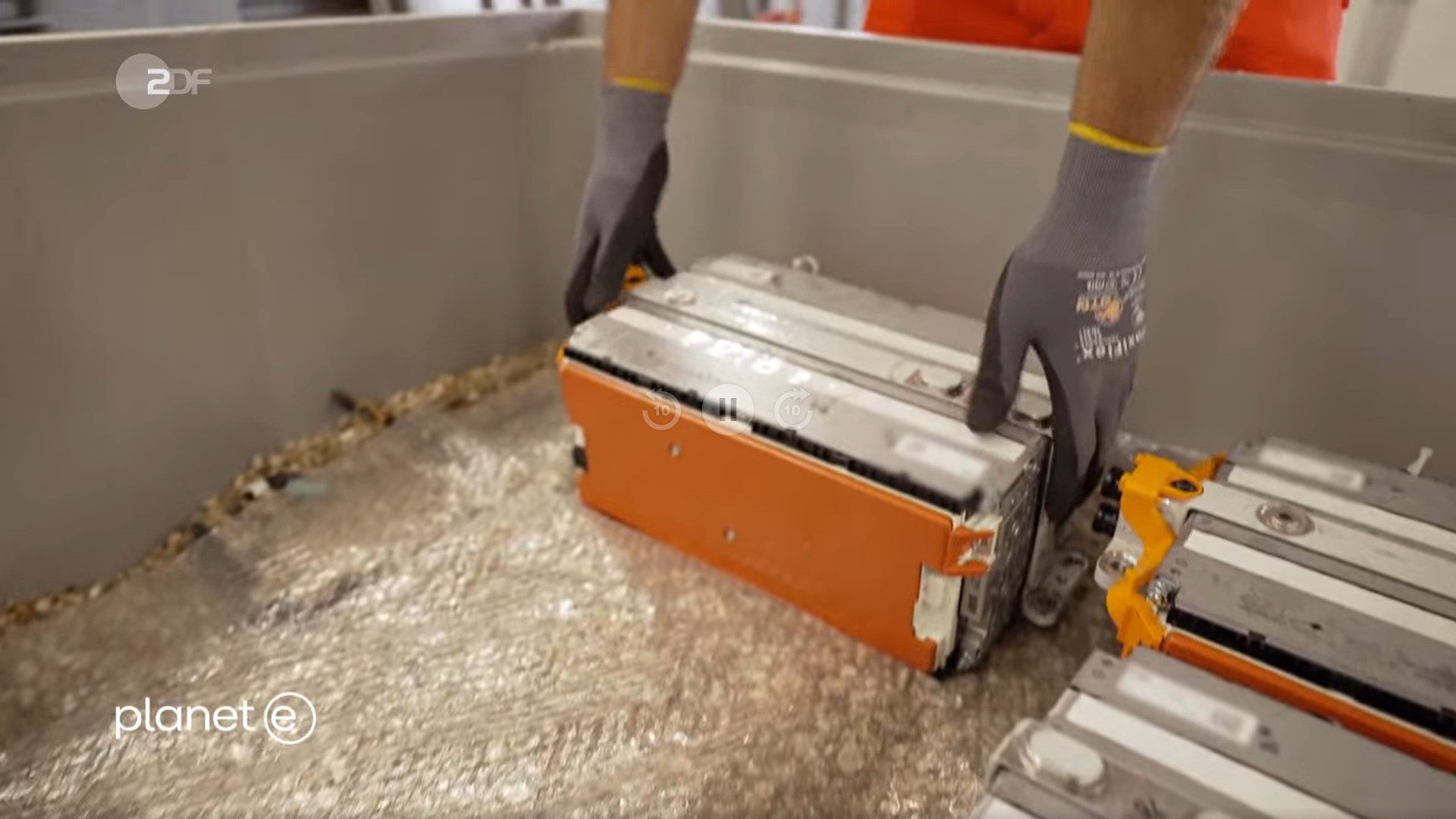 Incorrect disposal of Li-ion batteries can have a devastating environmental impact on the environment, sparking the need for recycling (
Incorrect disposal of Li-ion batteries can have a devastating environmental impact on the environment, sparking the need for recycling (
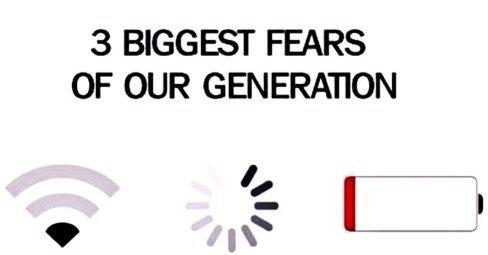 German Automotive Club ADAC just recently reported the average range of electric cars being about 350 km (220 miles), up from 250 km (150 miles) five years ago. Thinking about my role as an airline sales manager some years ago, for a road trip, I traveled frequently more than 500 km a day. Then I shall load the car after a half day, sitting around while waiting? Keep in mind, that corporate fleets and rental cars are the main buyers of new cars! And they don’t buy them because they park them most of the time…?
German Automotive Club ADAC just recently reported the average range of electric cars being about 350 km (220 miles), up from 250 km (150 miles) five years ago. Thinking about my role as an airline sales manager some years ago, for a road trip, I traveled frequently more than 500 km a day. Then I shall load the car after a half day, sitting around while waiting? Keep in mind, that corporate fleets and rental cars are the main buyers of new cars! And they don’t buy them because they park them most of the time…? As I mentioned in my post about
As I mentioned in my post about  Ready Player One? I love SciFi. There’s a lot really good ideas how we could merge individual transportation needs with “public” transportation. But that’s SciFi. We need to take the best ideas and evolve our transportation to sustainable ways in the real world. We must reduce energy. Integrate transport modes. Why does it remind me of the question why the big train stations are not at the airports? The “new” Berlin Airport being a perfectly bad example on this!
Ready Player One? I love SciFi. There’s a lot really good ideas how we could merge individual transportation needs with “public” transportation. But that’s SciFi. We need to take the best ideas and evolve our transportation to sustainable ways in the real world. We must reduce energy. Integrate transport modes. Why does it remind me of the question why the big train stations are not at the airports? The “new” Berlin Airport being a perfectly bad example on this!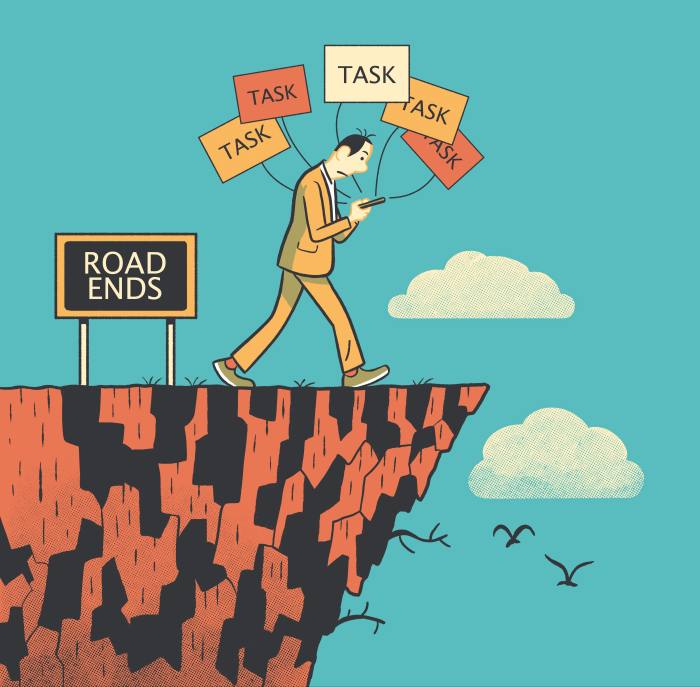
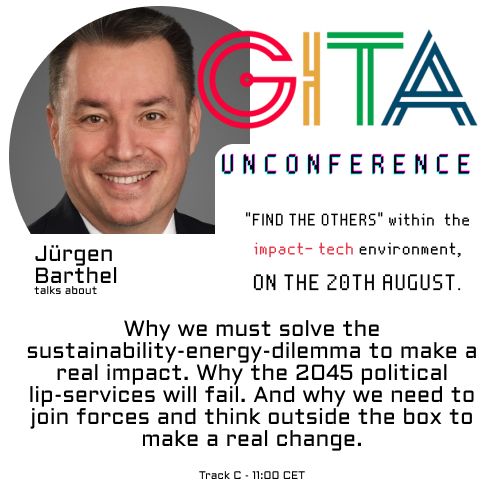 At the Unconference of the
At the Unconference of the  So IPCC leaked that
So IPCC leaked that 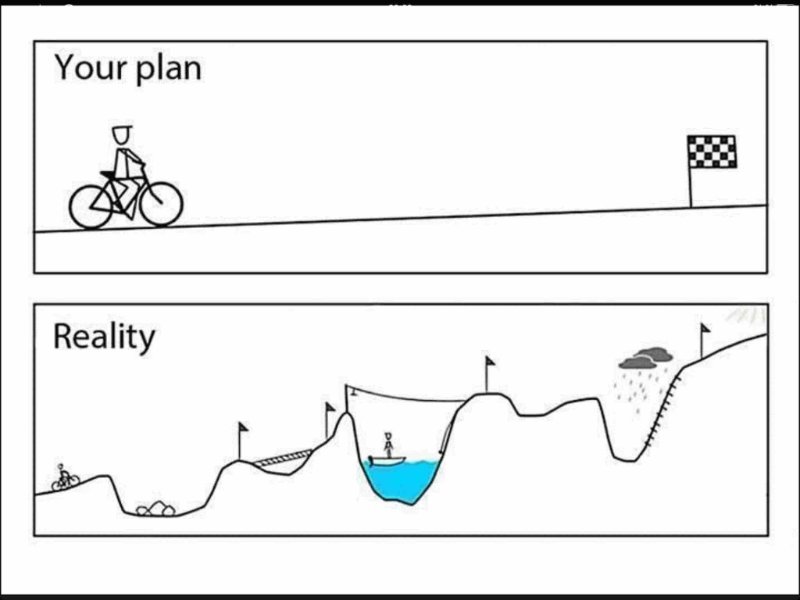 What about the cargo fleets on the oceans, rivers, in the air and on the road? If ESG doesn’t have a way to set targets and adjust to plans, what is it really good for? Are “data centers” and “digital” part of the solution? Or more part of the problem? Don’t get me wrong, there are good IT projects that will make impact. But most are just more
What about the cargo fleets on the oceans, rivers, in the air and on the road? If ESG doesn’t have a way to set targets and adjust to plans, what is it really good for? Are “data centers” and “digital” part of the solution? Or more part of the problem? Don’t get me wrong, there are good IT projects that will make impact. But most are just more 
 1971 (yes, 40 years ago and as a kid) I became a fan of Roger Leloup, spending my pocket money on comics. And when Hyperloop became a buzz, I couldn’t help it to remember Leloup’s Vinean transport system.
1971 (yes, 40 years ago and as a kid) I became a fan of Roger Leloup, spending my pocket money on comics. And when Hyperloop became a buzz, I couldn’t help it to remember Leloup’s Vinean transport system. And the buzz-topic A.I.? Aside the fact that all A.I. I learn of still is just I.A. – more or mostly less sophisticated
And the buzz-topic A.I.? Aside the fact that all A.I. I learn of still is just I.A. – more or mostly less sophisticated 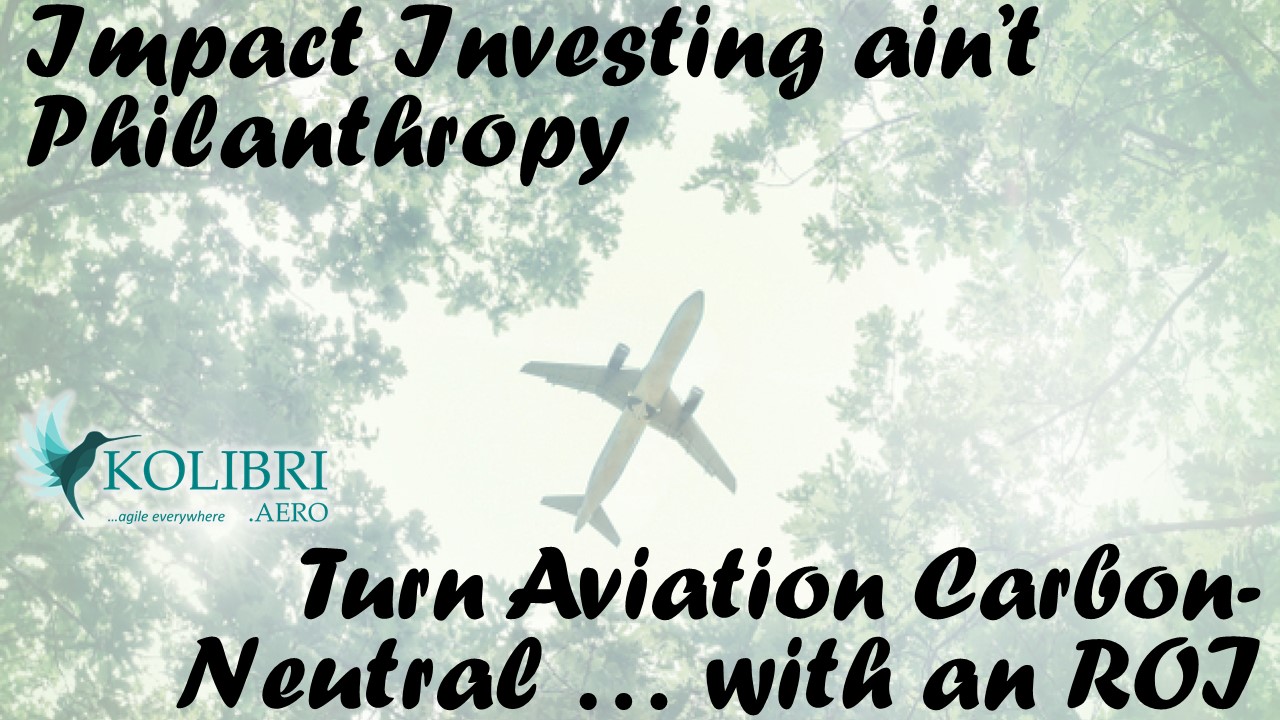 To make a real change, you need a team of entrepreneurs thinking outside the box. Way outside the box. But with an experience on pioneering work, overcoming the
To make a real change, you need a team of entrepreneurs thinking outside the box. Way outside the box. But with an experience on pioneering work, overcoming the 
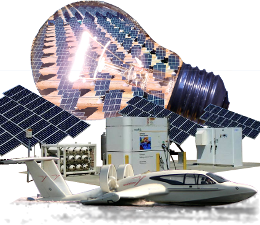 First Webpage 1994 (thanks to Oliver Dietzel). First own domain (CheckIn.com) 1995. First commercial Internet travel bookings (ab)using Amadeus 1996 (Siemens Travel Net/Cytric). Honorary Member of the Editorial Board for ITB Travel Technology Congress 1999-2002. Exclusive speaker at the first ever ACTE event (a three-city roadshow) in Germany 2001.
First Webpage 1994 (thanks to Oliver Dietzel). First own domain (CheckIn.com) 1995. First commercial Internet travel bookings (ab)using Amadeus 1996 (Siemens Travel Net/Cytric). Honorary Member of the Editorial Board for ITB Travel Technology Congress 1999-2002. Exclusive speaker at the first ever ACTE event (a three-city roadshow) in Germany 2001.

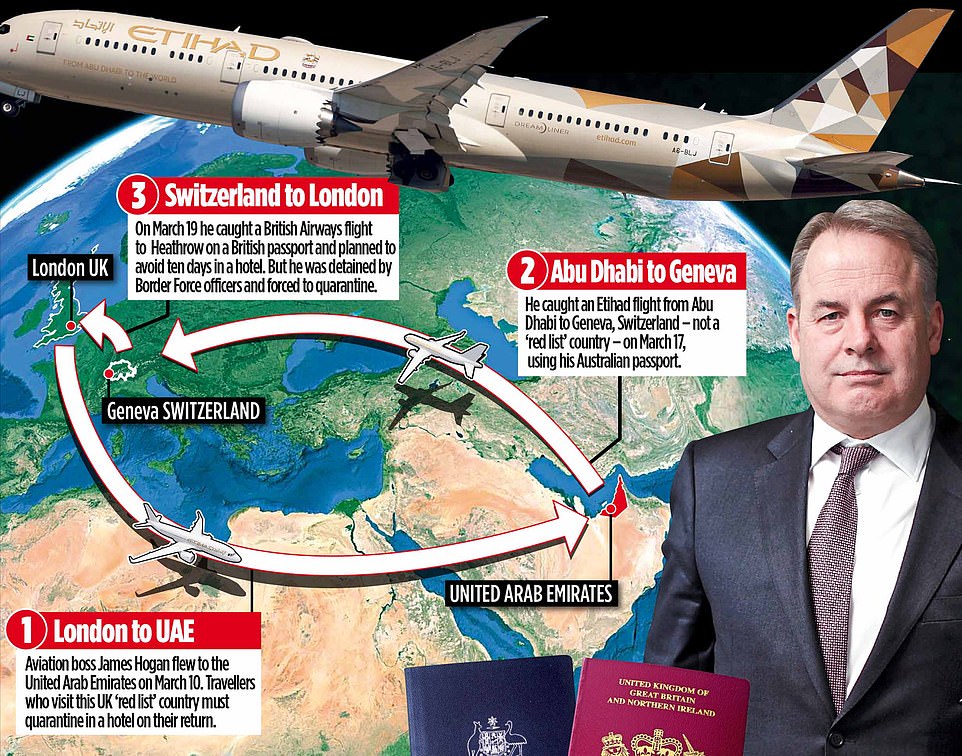

 I also reached out to my now
I also reached out to my now 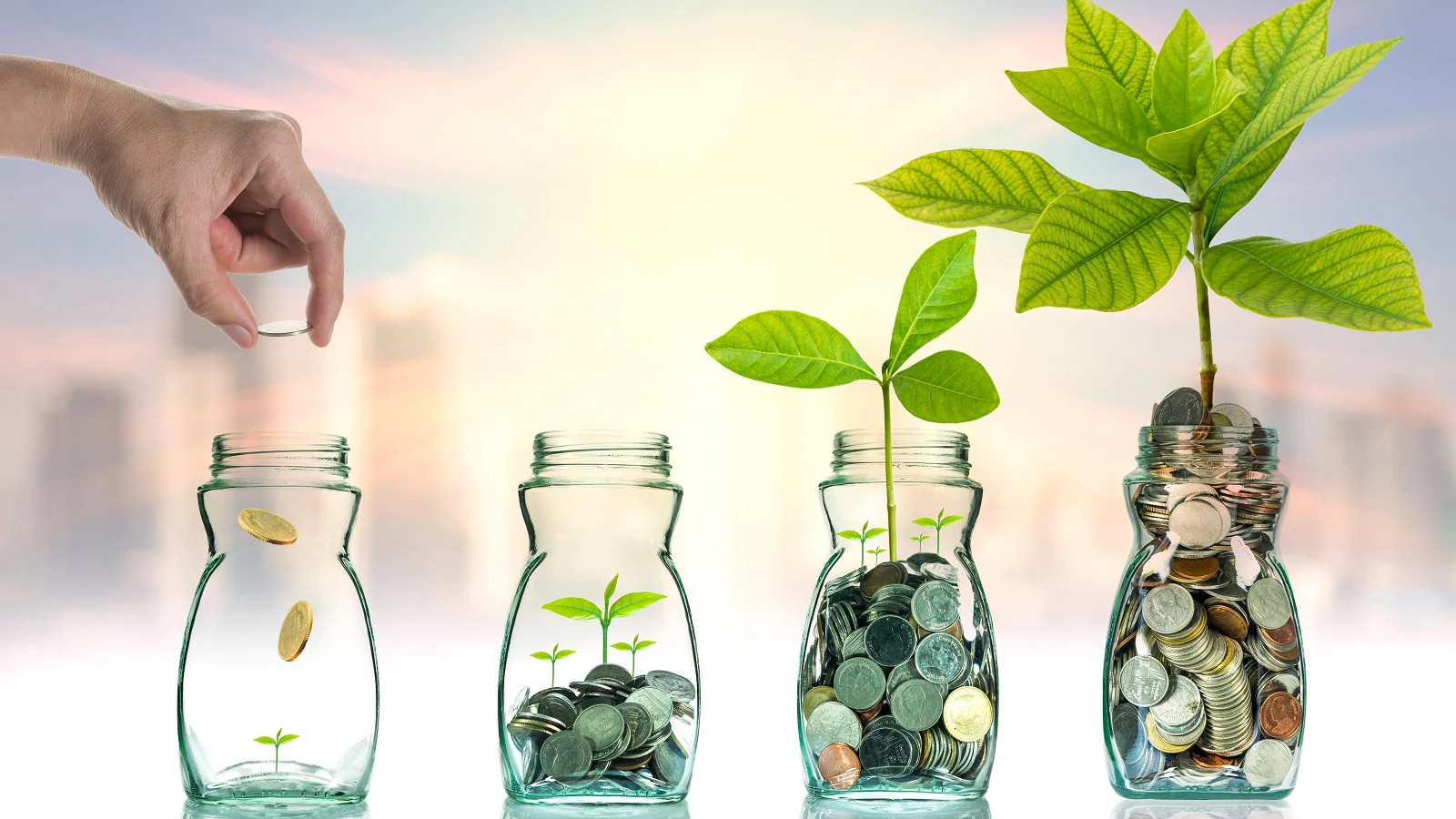 There is a
There is a 